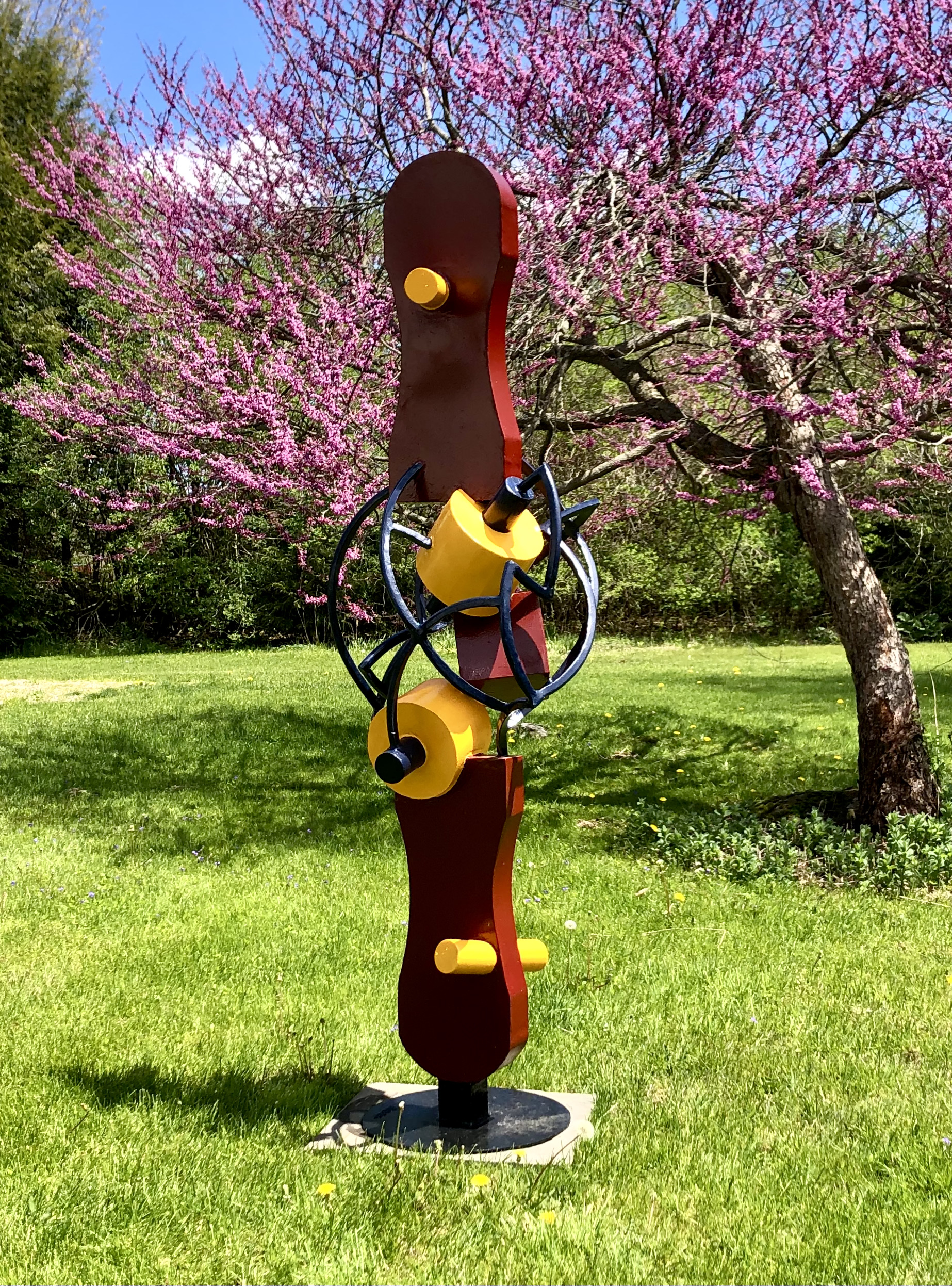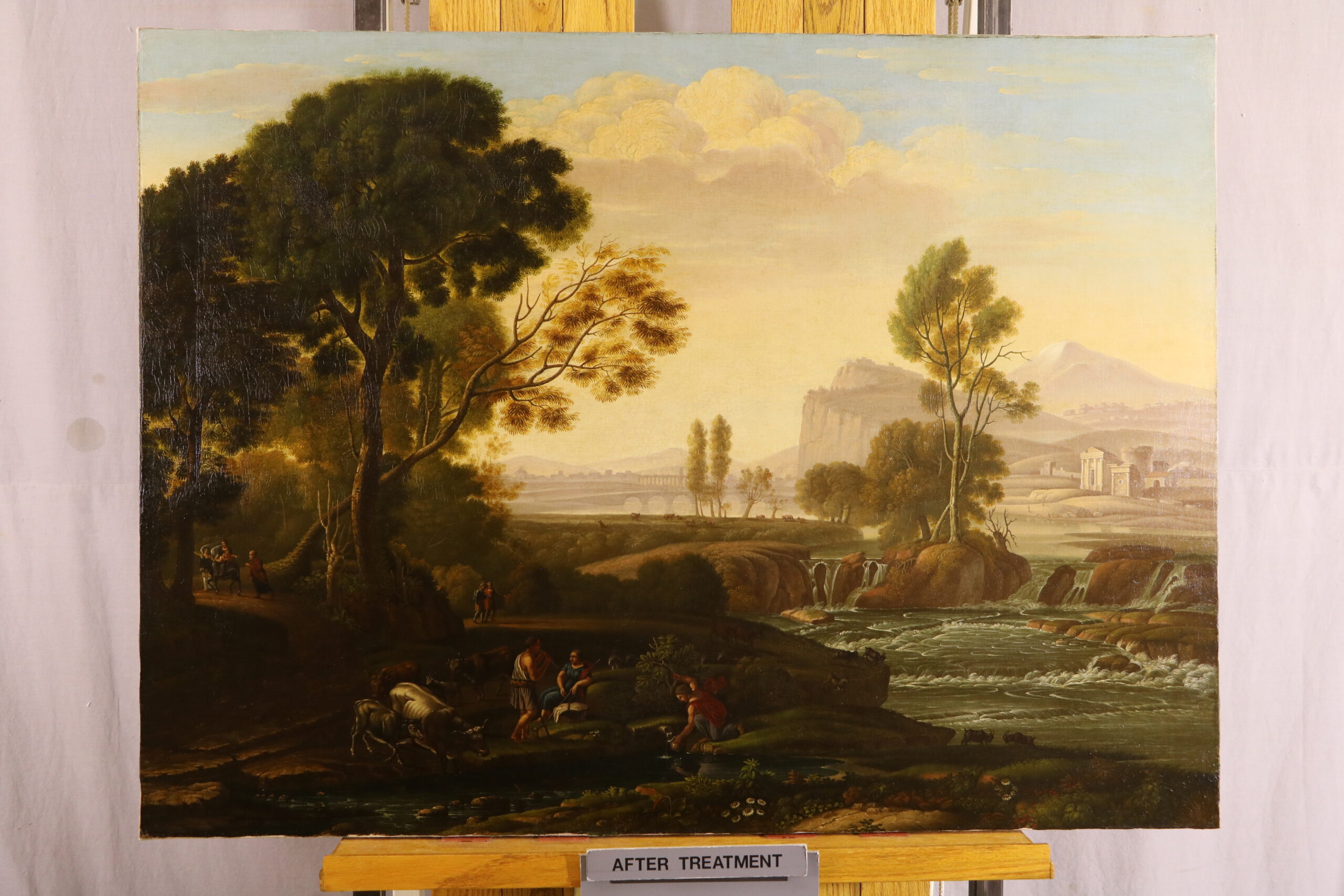

by Joey Phoenix
Street art creates bridges between the public and the issues that are relevant to their community. It can convey messages through words, concepts, and visuals that make it easy for people to understand. Sometimes the purposes of these pieces can be just for the aesthetic or for the message, and sometimes, they go a little bit deeper.
It can be both divisive and inspire people to come together. It can strengthen a community or make it wary. The best street artists in the world know how to use this medium to tell stories that make people think, make people feel inspired, and show them something they may never have seen before.
“[Artists] have this strong ability within ourselves to look at things differently, problem solve, and use resources [we] might think would be the right resources and so we’ll try something different and learn something new.”
Cedric Douglas
Cedric VISE1 (Virtually Intercepting Society’s Emotions) Douglas is a Boston-based Social Intervention Artist who uses his art to help people become more aware of what’s going on around them. His work has been featured on the streets and in galleries in New England as well as various spots around the world.
Recently, he was in Colombia for the Fresco Exchange, a project which supports the connection between artists in Boston, MA and Cali, Colombia by exhibiting their artwork across different venues on a national and international level.
In July, Cedric plans to go to the Gaza Strip in Israel to create a mural on active bomb shelters.


In addition to helping people see the bigger picture, Cedric uses his work to inspire people to tap into their own creativity. “As human beings, we’re immensely creative,” he explained. “We have this strong ability within ourselves to look at things differently, problem solve, and use resources [we] might think would be the right resources and so we’ll try something different and learn something new.”
From Street Artist to Social Interventionist
A student of street graffiti and lettering, Cedric was drawn to the art form from early on. As he got older, he found himself digging deeper into what graffiti was capable of. He remembers looking through magazines featuring street art and graffiti from cities all over the country.
“There was a train that said ‘Stop the Bomb’ on it, and there was another train that said Merry Christmas, New York,” He recalled. “At that point of my life I thought graffiti was about writing your name and making it creative, but when I saw stop the bomb, it was a commentary on the relationship between Russia and United States in the Cold War, I thought wow, that’s a social message.”
His reaction to the Merry Christmas sign was equally perspective-altering. For him, it wasn’t just a social message but a way to connect to everyday people and making them feel happy on their daily commute.
While he was honing and sharping his skills as a designer, muralist, and guerrilla street artist, Cedric also began to be influenced by the mentorship and art of designer and professor Chaz Maviyane-Davies, an artist known in the industry for creative defiance and poignant visual messages on difficult topics like apartheid and the injustices that he faced in his own country of Zimbabwe.
“I was interested in design because I thought it was beautiful, but what he made me realize is that I can use my design not just to make pretty websites but you can use it to connect with people and address social issues,” Cedric said.
Through these experiences Cedric came to understand that graffiti was so much more than just lettering, but about how he could connect his personal experiences and observations to the wider community. He began to invest his time in projects that reflected the social issues that were affecting his community, state, and city, which would eventually lead him to doing more things dedicated to social intervention.
One of Cedric’s first social intervention projects that garnered regional attention – reTrack Identity – centered around the teenage gun violence crisis of the mid-2000s. He devised a campaign to get kids to be more involved in creative activities instead of being on the streets playing with guns. He did this by making toe tags – linked to teen-focused music and art organizations and attaching them to painted water guns on the street.
He funded the project himself , maxing out credit cards in the process, but the work got people’s attention. For him, this project marked the beginning of his real work as an artist, as he was able to use his graffiti and design background alongside his knowledge of social issues to create something really impactful.
Street Memorial Project
Around the time the Black Lives Matter movement caught fire in 2013, Cedric started turning his attention towards a new project called the Street Memorial Project. It would be a series of installations whereby he would take existing street signs – stop signs, tow zones, etc – and adapt them into memorials.
One of the most poignant examples of this was to memorialize Terrence Coleman, a unarmed 31 year old black man who was shot by a Boston police officer in April of 2018. Terrence had been diagnosed with paranoid schizophrenia and sometimes had difficulty communicating. When his mother couldn’t get him to come inside from the cold, she called 911 to get assistance in getting him to a psychiatric hospital, it was a call she would later come to regret.
Cedric took a Tow Zone sign and replaced the word “Tow” with “Terrence” and installed it on the wall of the home where he was killed.
“Artists have the ability to see things from a different perspective and take that in and process it and give it back out in a new way,” Cedric described. “And that’s the beauty of art, that’s what I love about art.”
Cedric Douglas
“It’s a marker so people can connect with Terrence,” Cedric said. “Because if it’s in the street and in their community, their memory is still there, and people can look at that sign and remember what’s going on in society.”
In 2017, Cedric Douglas began an artists residency at Emerson College and expanded his street memorial project into Rose Memorials, a multi-site installation around the campus that memorialized the 1,000+ black people killed by police offers in the United States since 2014.
Along with these guerrilla installations in uncared for places around campus, he also conducted community surveys to spark conversations around gun control, asking questions like “When is it okay to shoot an unarmed person?”
His goal with the Street Memorials Project is to continue it for as long as he sees it important to do so. He would also like to replicate the art in galleries, so that the messages can inhabit both public and private spaces.
Art that Drives Community
Visual art has the capacity to convey messages in a more relatable way than just words can accomplish. It’s up to artists to translate the difficult truths of the world into mediums that everyday people can understand and connect with. It also changes their perspective, and forces them to see things in ways that they wouldn’t have figured out on their own.
“Artists have the ability to see things from a different perspective and take that in and process it and give it back out in a new way,” Cedric described. “And that’s the beauty of art, that’s what I love about art.”
Three years ago Cedric launched a different initiative in Boston – partially in partnership with Northeastern – where he takes groups on street art tours. His first group had 40 participants, his second 60, and his third with Harvard University was 80 people.
“Street art tours are a great way to learn about the culture,” he said.
He also said that although the Greater Boston and North Shore areas, including Lynn and Somerville, are doing a lot to promote street art, Boston proper is behind the curve. He hopes that with the street art tours that the patterns will begin to change and create opportunities for street artists to bring their work into the city.
One of the ways that Boston and the surrounding areas can do more to support this is by introducing and adopting policies that help artists as a whole.
“Boston has done a lot in the last couple of years in regards to having policies that help artists,” he added. “But the percent of funding is still low.”
He adds that its immensely important for communities to see the value that art has to offer, and realize that art is the cornerstone of everything we do. For example. if you go to a concert, you supported an artist. If you like driving your car, someone designed that. Do you enjoy living in your house? An architect laid the plans for that. Do you go to your local park? A landscape designer made that happen. Art is at the center of all of it.
Art and creativity drive the economy at all levels, and the job of a street artist is to connect people from all walks of society to an idea. Everybody has to use the street, everyone from a banker to a single mom to a kid whose hoping their grades are good enough to get into college. Street artists tell the story of the community, and social interventionists like Cedric VISE1 Douglas are doing the kind of work that’s necessary, telling the stories that need to be told, and calling attention to things that are too often ignored.
If you would like to support the work Cedric is doing or if you have a wall that needs the touch of an artist who understands how to convey a message in an intentional and poignant manner, just send him a message at cedricdouglasdesign@gmail.com .
Joey Phoenix is a performance artist and the Managing Editor of Creative North Shore. Follow them on Twitter @jphoenixmedia. If you have an idea for a story, feature, or pictures of adorable llamas, feel free to send them a message at joeyphoenix@creativecollectivema.com










